GPS is undeniably one of the most important technologies for our modern society. Although it wasn’t made available to the public until the 1980s, and the public only received full accuracy in 2000, it has quickly become a major part of our day-to-day lives. People utilize the technology to find their way around unfamiliar places, navigate through ride-sharing apps, receive deliveries, and even just use location-enabled applications on smartphones. Of course, it’s even more important commercially with logistics companies relying on GPS to move products from place-to-place. One 2024 report estimates that a single day without GPS could cost the American economy by as much as $1.6 billion.
As this technology becomes more prevalent and embedded in our lives, however, in some ways it is becoming more unreliable. Relatively speaking, the signals from satellites that power GPS technology have always been fairly weak, but other factors are now hindering the reliability. For one thing, our world is becoming more urbanized, leading to more tall buildings and other structures that can interfere with signals. On top of that, GPS jamming and spoofing are becoming more common, with bad actors starting to intentionally interfere with these vital signals.
In addition to GPS affecting our day-to-day lives, it is also a critical piece of the drone industry. Of course, military operations rely heavily on GPS for their drone flights, and GPS jamming is most common in those settings. Other drone pilots need to be aware of these growing issues around GPS reliability, though, as industries like public safety rely heavily on it for their work. So, with this in mind, does the drone industry need to start moving away from its reliance on this technology alone?
Skyline Nav AI certainly believes so. The Cambridge, Massachusetts-based company was founded by Kanwar Singh in 2020, and was built off of his ongoing experience as a member of the Massachusetts Army National Guard. About five years ago, he was asked to look into potential GPS-independent navigation systems, and working with the Army Research Lab he was exposed to capabilities of navigating using images. This work started with land-based navigation, but it quickly became clear that these capabilities were needed in the air as well.
“When the Ukraine War kicked off, drones became so important on the front lines,” Singh said. “Then we started seeing GPS jamming happen, and we realized that we needed to do this in the air.”
Ultimately, this led to their Pathfinder Air solution, which was released earlier this year and was among the winners at Commercial UAV Expo 2025’s Pitch the Press competition. Built to add a GPS-independent layer of navigation for drones, Pathfinder Air instead relies on imagery captured during a flight and leverages computer vision algorithms to cross-reference these images with satellite imagery to locate the drone. Singh explains that there is no additional hardware needed to implement this into an existing system, as the software uses data from hardware already included with most drones, such as a camera and IMU.
Singh explained to Commercial UAV News that customers can access imagery in real-time, but in order to do this they would need to have a strong cellular connection. However, that’s generally not recommended as, in areas where GPS connection may be a problem, the same issues will likely exist for cellular connection. So, instead, most customers will upload their planned flight path ahead of time, so the corresponding satellite imagery is already loaded, and the algorithm can pull from that during the flight.
For a use case like public safety and law enforcement, an interruption to GPS during a drone operation can sometimes quite literally be the difference between life and death. Singh’s vision is to create redundancy for these types of operations to fight against GPS interference, whether it come via GPS jamming or urban build-up. He pointed to the evolution of cell phone calls, which originally could only be made over a cellular signal. Because of that, calls would often drop inside buildings due to interference, so companies built in the ability to make calls over Wi-Fi, and now even over satellite signals.
Today, one can’t tell whether their call is being made over cellular signals, or Wi-Fi, or satellites. They can switch seamlessly between all three without any indication or interference, and that’s what Singh wants to do with location-based technologies. Drone pilots can certainly still utilize GPS where signals exist, but having built-in redundancies using something as simple as predownloaded satellite datasets helps stave off potential complications from interference.
“I think we have an exciting growth story with what we’re doing at Skyline Nav AI,” Singh said to Commercial UAV News. “We’re an American company solving critical societal challenges that impact all of us.”
Singh is passionate about helping people understand the many issues associated with GPS and how this impacts our economy and overall resiliency. He has a recently written a book on this topic called Recalculating: Life when GPS Goes Dark. The eBook is available free of charge for CUAV readers here. To request a physical copy of the book, please reach out to Kanwar directly.


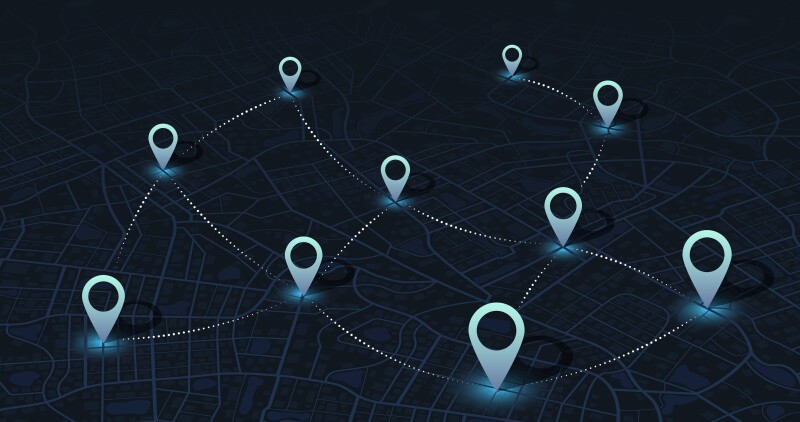

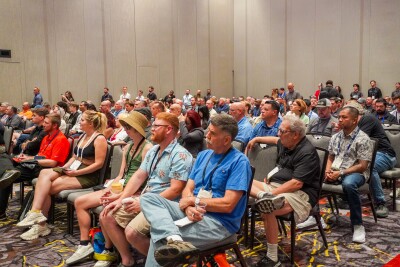
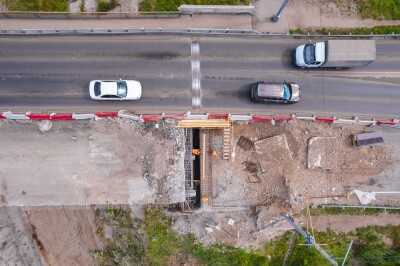

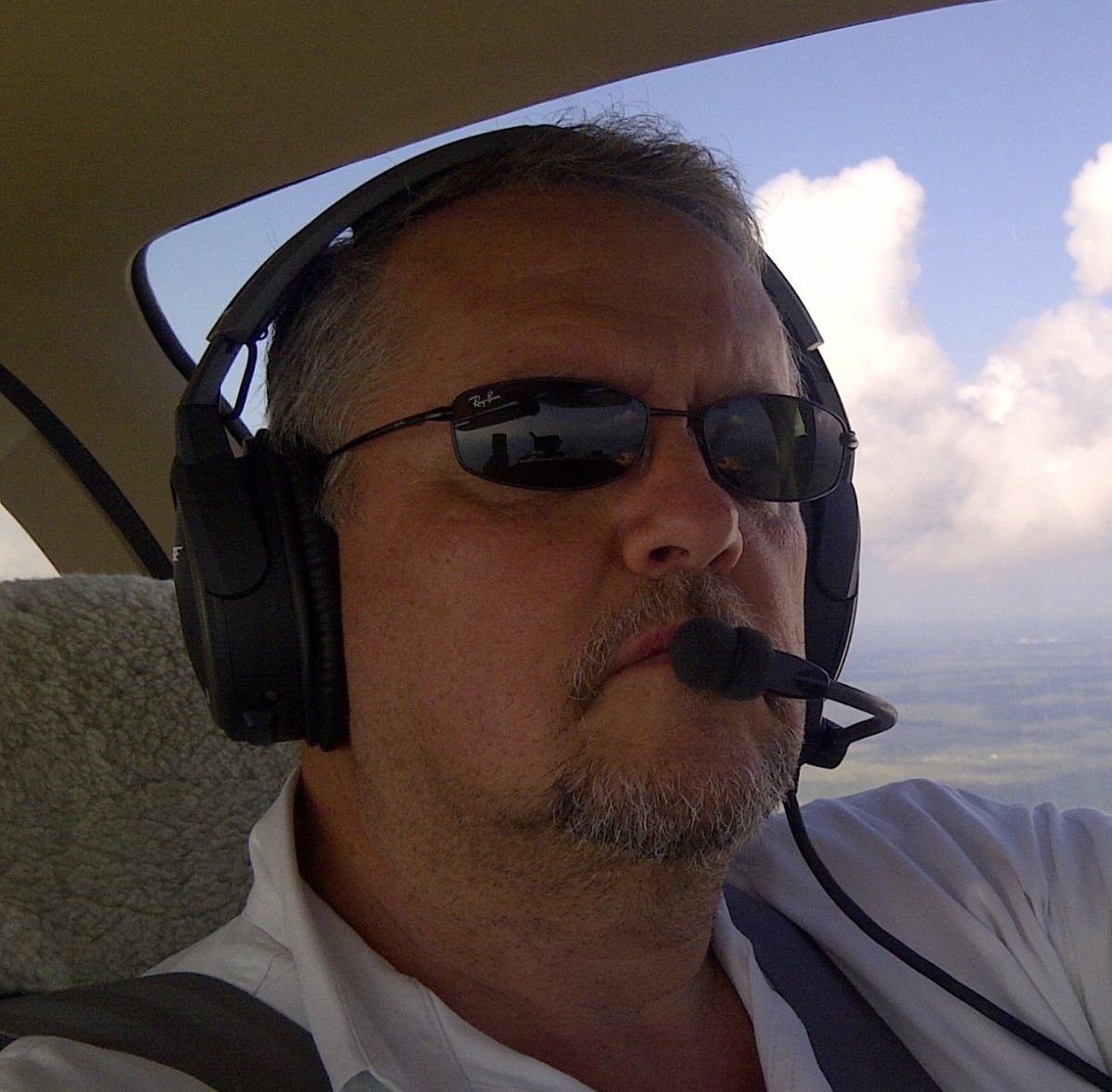




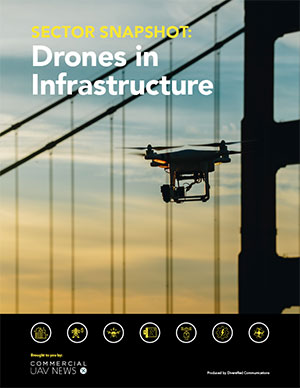


Comments